mpressive strength of rocks r
2021-09-17T16:09:20+00:00
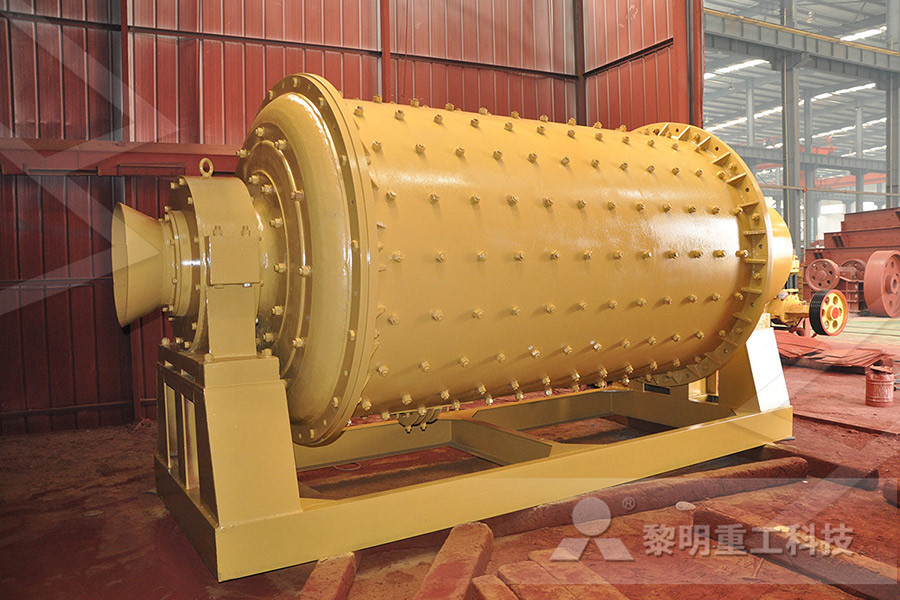
Compressive strength of rocks PetroWiki
04/06/2015 Compressive strength of rocks Mechanical failure in rocks generally means either fracturing or permanent deformation as a result of compression While many methods for calculating failure relationships exist, an initial measure of the compressive strength of reservoir rocks is still needed for use in those calculations Contentsbetween strain hardening and softening is called the unconfined compressive strength of the rock and is denoted as C o or q u Failure takes place continuously from C to D during whichSTRENGTH PROPERTIES OF ROCKS AND ROCK MASSES 1 The definition of UCS is “unconfined compressive rock strength,” that is, the rock strength measured with zero confining pressure However, the variations of measured values with Pc=0 are too large even though the samples look nonheterogeneous Samples often split and premature failure occurs before shear failure To avoid too much variation of the strength, Rock Strength an overview ScienceDirect Topics
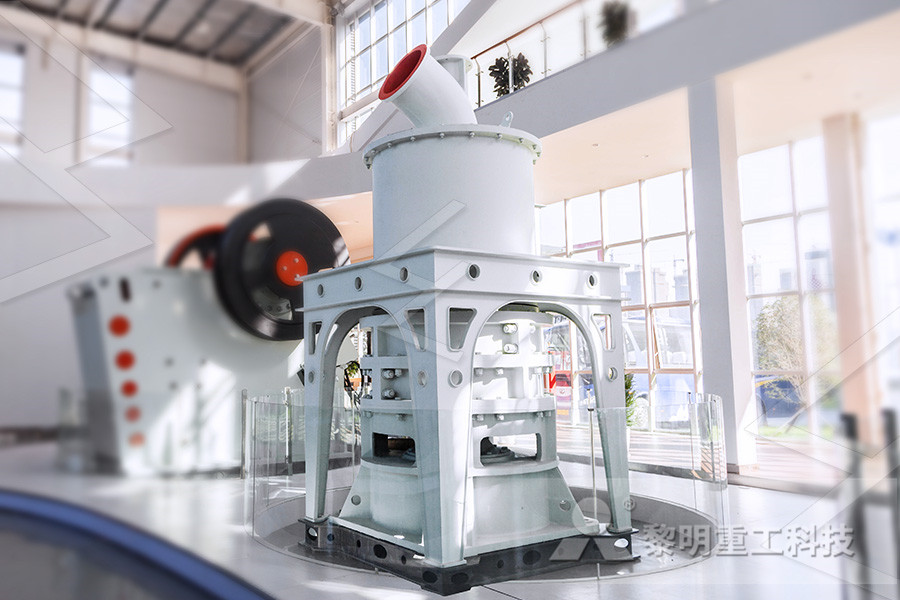
8 STRENGTH OF SOILS AND ROCKS University of Melbourne
compressive strength is then defined as the maximum load applied to crush the specimen divided by the crosssectional area Rock strength has been found to be size dependent because of the cracks and fissures that are often present in the material This is illustrated from the results of tests on three rock types in Fig 82 The size dependancy is also found to exist material strength was quantified by uniaxial compressive strength values from the aforementioned studies Strength values vary from 2140 MPa to 17500 MPa, and the dataset consists of rockCompressive strength values of rock materials Download 15/09/2016 Unconfined Compressive Strength Test of Rock This test method specifies the apparatus, instrumentation, and procedures for determining unconfined compressive strength of intact rock core specimens This procedure is identical to ASTM D 2938 except that the cores are tested after cutting without grinding, and neoprene caps are used on the specimen Unconfined Compressive Strength Test of Rock
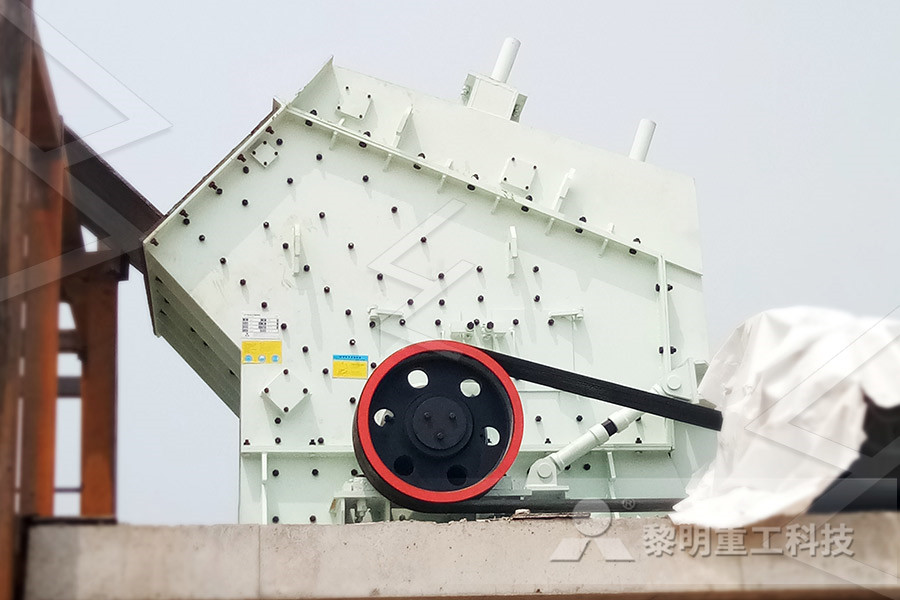
Uniaxial Compressive Strength Determination of Rocks Using
31/05/2021 The uniaxial compressive strength (UCS) is an important parameter for rock mass classification and rock engineering designs This study proposes a novel method for predicting the UCS of rocks using Xray computed tomography and convolutional neural networks First, Xray CT scanning was conducted on five mudstone specimens The volume data characteristics Estimating Rock Mass Strength Bm 1997 02 c uniaxial compressive strength of the intact rock material 1 major principal stress at failure and 3 minor principal stress at failure The uniaxial compressive strength for the rock mass c rockmass can be expressed by setting 3 0 in Equation 21 thus obtaining c rockmass c s pressive Strength Of Rock Ulang15/09/2016 Unconfined Compressive Strength Test of Rock This test method specifies the apparatus, instrumentation, and procedures for determining unconfined compressive strength of intact rock core specimens This procedure is identical to ASTM D 2938 except that the cores are tested after cutting without grinding, and neoprene caps are used on the Unconfined Compressive Strength Test of Rock
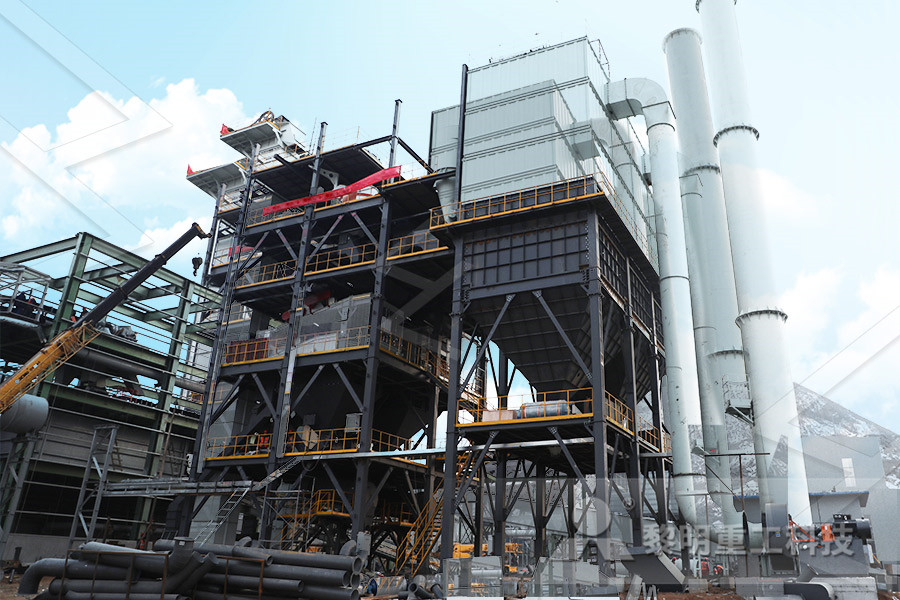
Compressive strength values of rock materials Download
Download Table Compressive strength values of rock materials from publication: Strength Classification of Rock Material Based on Textural Properties The uniaxial compressive strength of a rock under static loading often decreases with an increasing temperature at which the rock has been heattreated before strength testing This conclusion is drawn from a great number of experiments [1,2,4,8,9,11,17–19]The higher the temperature is, the lower the strength Some results for uniaxial compressive strength σ c Uniaxial Compressive Strength an overview UNIAXIAL COMPRESSIVE STRENGTH C o (x 1000 psi) 0 50 100 150 SPECIMEN LENGTH L (in) VARIATION OF COMPRESSIVE STRENGTH WITH SIZE C o = 35 x L014 In this plot of the size effect on strength, a power function was used to bestfit the experimental data NOTE, however, that beyond L=36 in the size effect ceases to be of much consequenceLecture 9 – Introduction to Rock Strength David Hart

PREDICTION OF UNCONFINED COMPRESSIVE STRENGTH OF ROCKS
23/11/2015 Unconfined compressive strength (UCS) of rocks is a crucial parameter in designing geotechnical structures Owing to difficulties in obtaining proper samples for UCS test as well as the point that conducting UCS is relatively expensive, the use of indirect methods for UCS estimation has drawn considerable attentions This review paper is aimed to briefly Intact rock Unconfined compressive strength specimens However, preparing fresh cores is not always possible, especially during the Adaptive neurofuzzy inference system Genetic algorithm Particle swarm optimization Abstract Bedrock unconfined compressive strength (UCS) is a key parameter in designing the geosciences and building related projects Predicting Unconfined Compressive Strength of Intact Rock The compressive strength of rock increases in a nonlinear way with increasing confining pressure Conventional triaxial compressive strengths of intact rocks Examples of General Rock Strength by Area Mountain Thus, the exact compressive strength of a rock is difficult to predict based solely on its type A sample of each unique layer would have to be taken and rock compressive strength tacoymasnl
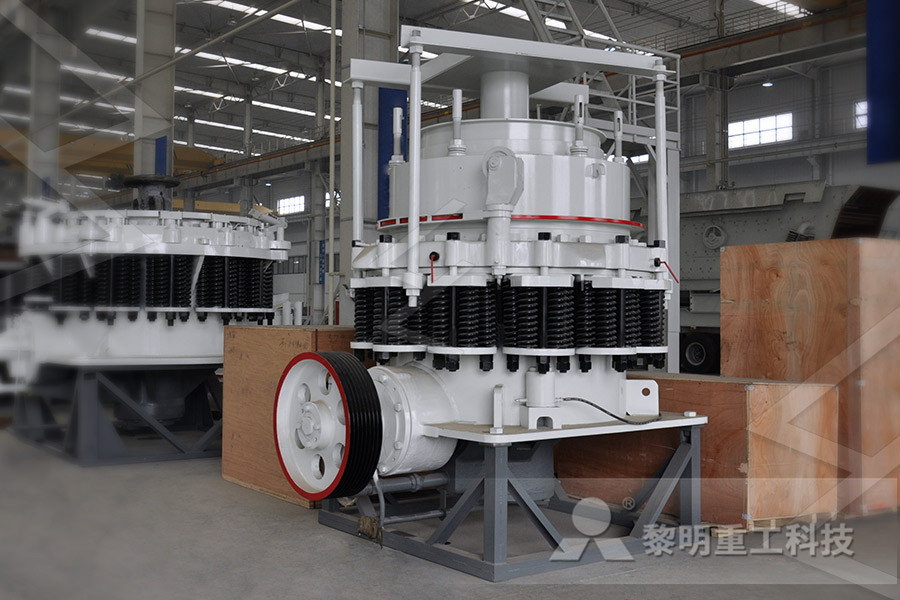
Engineering Properties of Rocks Contents 10 Introduction
point load strength, compressive strength, tensile strength, shear strength, modulus, and durability Rock mass properties are determined by visual examination and description of discontinuities within the rock mass It should follow the suggested methodology of the International Society of Rock Mechanics (ISRM 1978), and how these discontinuities will Intact rock strength The uniaxial compressive strength of a rock material constitutes the highest strength limit of the rock mass of which it forms a part It is determined in accordance with the standard laboratory procedures For the purpose of rock mass classification, the use of the well known point load strength index can be useful as the index can be determined in the CLASSIFICATION // CHARACTERIZATION OF SOME ROCK FEATURESEstimating Rock Mass Strength Bm 1997 02 c uniaxial compressive strength of the intact rock material 1 major principal stress at failure and 3 minor principal stress at failure The uniaxial compressive strength for the rock mass c rockmass can be expressed by setting 3 0 in Equation 21 thus obtaining c rockmass c s pressive Strength Of Rock Ulang

Rock Compressive Strength: A Correlation from Formation
20/02/2017 Shi, X, Y Meng, G Li, J Li, Z Tao, and S Wei, 2015, Confined Compressive Strength Model of Rock for Drilling Optimization: Petroleum v 1/1, p 4045 Rock Compressive Strength: A Correlation from Formation Evaluation Data for the Niger Delta Babatunde Salawu, Olumayowa Onabanjo[1], Dr Reza Sanee [2] [1] Shell Petroleum Development 29/12/2017 For instance, the pressure at which the rock fails in compression determines the compressive strength of a rock If more force than necessary were immediately delivered, one would only know that the strength of the rock had been exceeded Yet, rock strength would not be quantifiable A systematic leadup to failure is essential for both typical rock strength Uniaxial Compressive Strengths of Rocks Drilled at Gale 23/11/2015 Unconfined compressive strength (UCS) of rocks is a crucial parameter in designing geotechnical structures Owing to difficulties in obtaining proper samples for UCS test as well as the point that conducting UCS is relatively expensive, the use of indirect methods for UCS estimation has drawn considerable attentions This review paper is aimed to briefly PREDICTION OF UNCONFINED COMPRESSIVE STRENGTH OF ROCKS
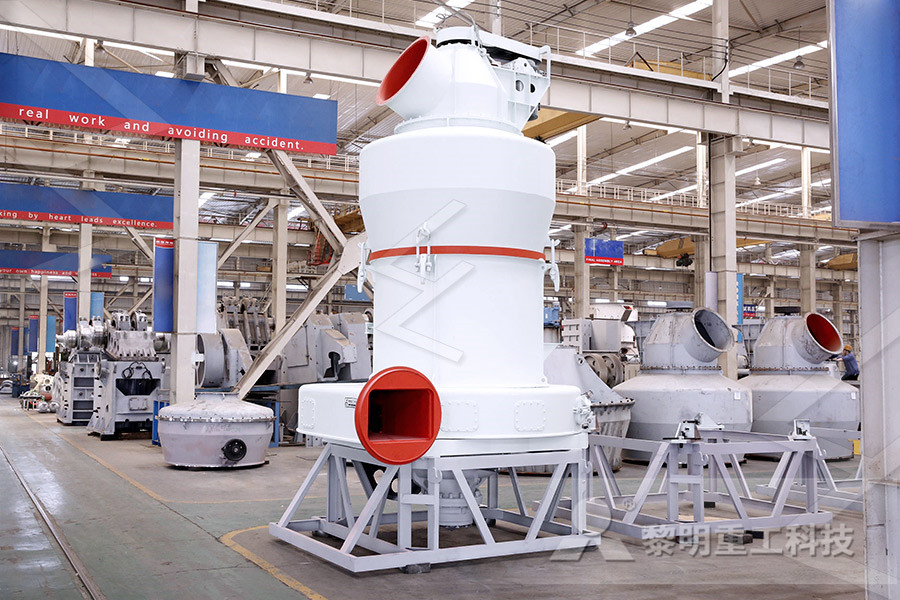
Compressive strength anisotropy of foliated rocks KEN
Rock compressive strength is perhaps the most widely used input parameter in rock engineering It is imperative, therefore, that this parameter be adequately characterised in terms of certain factors including the fabrics and mineralogy of the rock and also the physical conditions of the test specimen The paper discusses the influence of foliation, a primary metamorphic The compressive strength of rock increases in a nonlinear way with increasing confining pressure Conventional triaxial compressive strengths of intact rocks Examples of General Rock Strength by Area Mountain Thus, the exact compressive strength of a rock is difficult to predict based solely on its type A sample of each unique layer would have to be taken and rock compressive strength tacoymasnlIn this study, 31 empirical equations are summarized that relate unconfined compressive strength and internal friction angle of sedimentary rocks (sandstone, shale, and limestone and dolomite) to physical properties (such as velocity, modulus, and porosity) These equations can be used to estimate rock strength from parameters measurable with geophysical well logs The Empirical relations between rock strength and physical
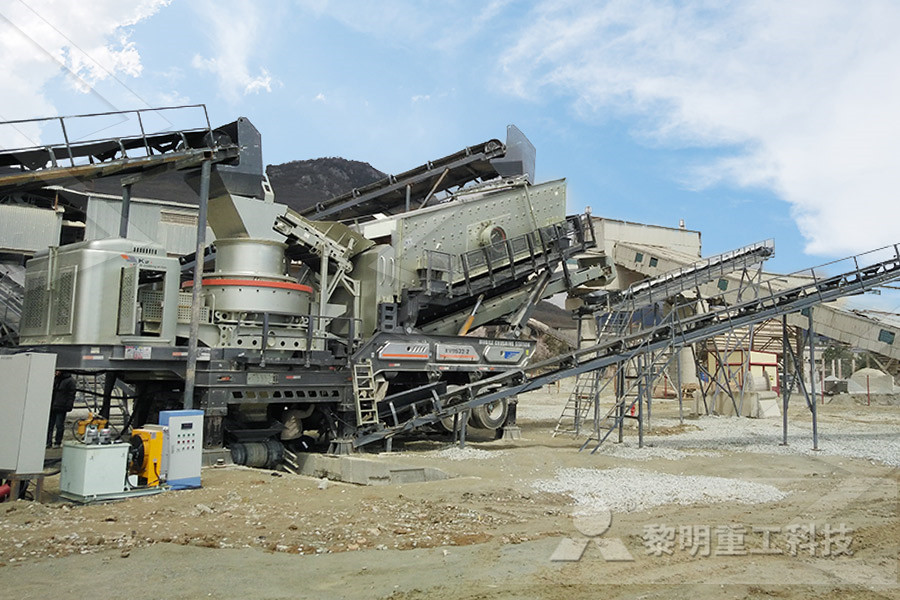
Engineering Properties of Rocks Contents 10 Introduction
point load strength, compressive strength, tensile strength, shear strength, modulus, and durability Rock mass properties are determined by visual examination and description of discontinuities within the rock mass It should follow the suggested methodology of the International Society of Rock Mechanics (ISRM 1978), and how these discontinuities will 15/08/2015 Strength and Modulus of Rocks The values of strength of rocks given in Table2 can be assumed for rough calculations In actual practice it is better to take field samples and test for their properties in the laboratory Table2 – Average Strength of Various Rocks Name of Rock: Compressive Strength (N/mm 2) Tensile Strength (N/mm 2) Basalt: 100 – 350: 10 – HOW TO ESTIMATE STRENGTH AND MODULUS OF ROCK u = compressive strength 20 25 r ess q a (where q compressive strength of intact rock specimens 15 e aring St 1 ( /130) ( /16) ( ) 1 RQD RQD q ALLOWABLE MPa − ≈ + NOTE: 1 MPa = 10 tsf 5 10 o wable B Peck, et al (1974) NOTE: 1 MPa = 10 tsf 0 0 100 All Approximation Rock Quality Designation, RQD In case of rock mass with favorable Bearing Capacity of Rocks IIT Kanpur








